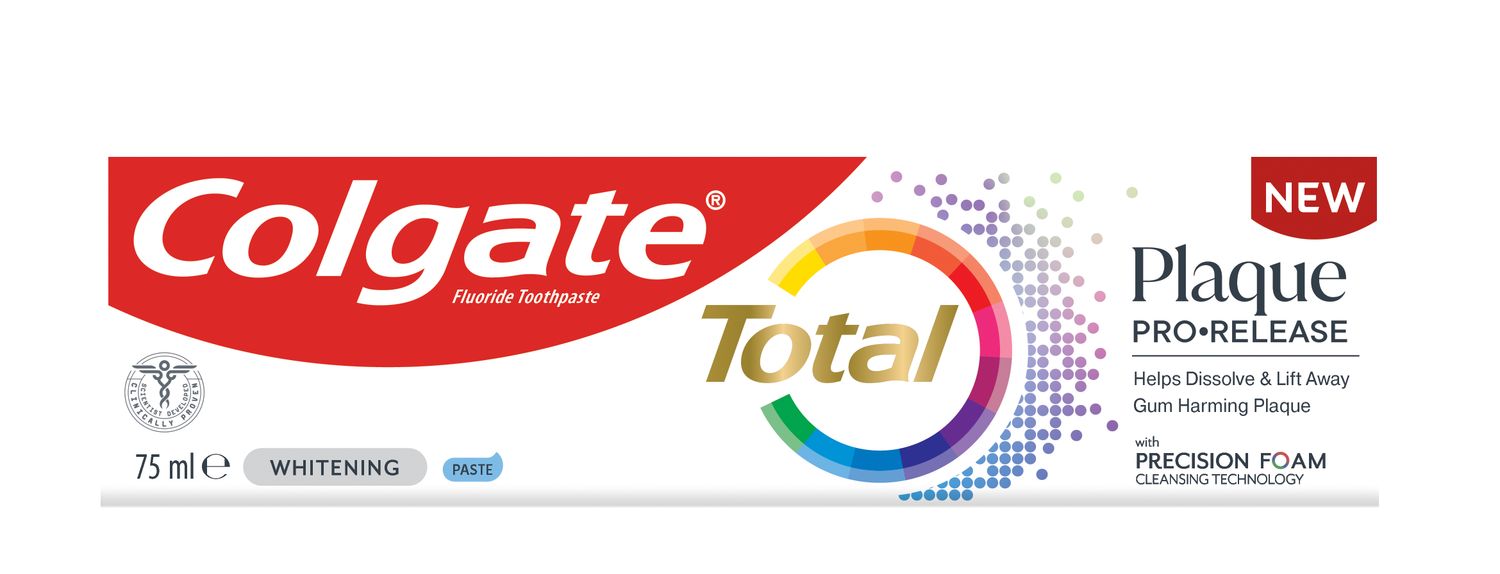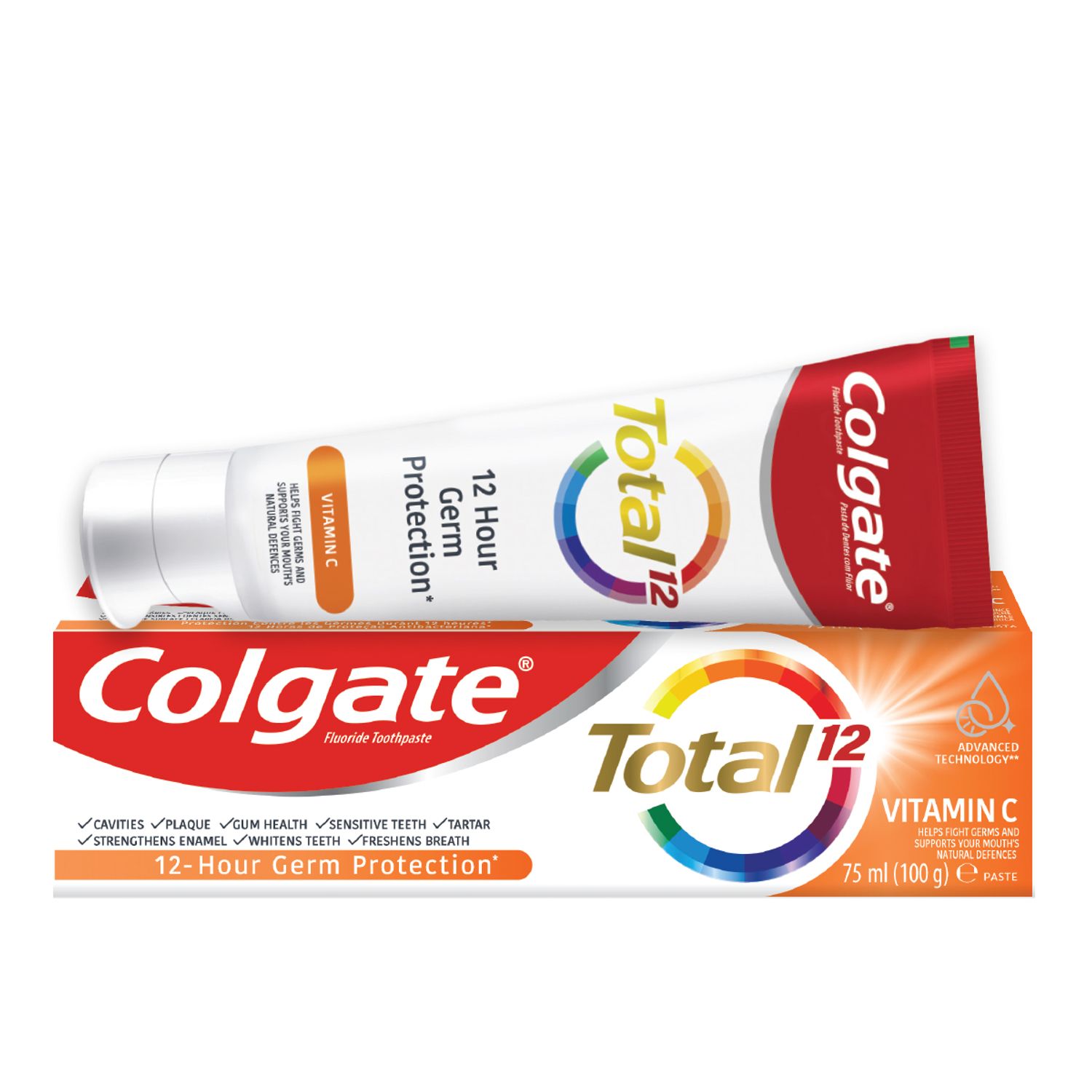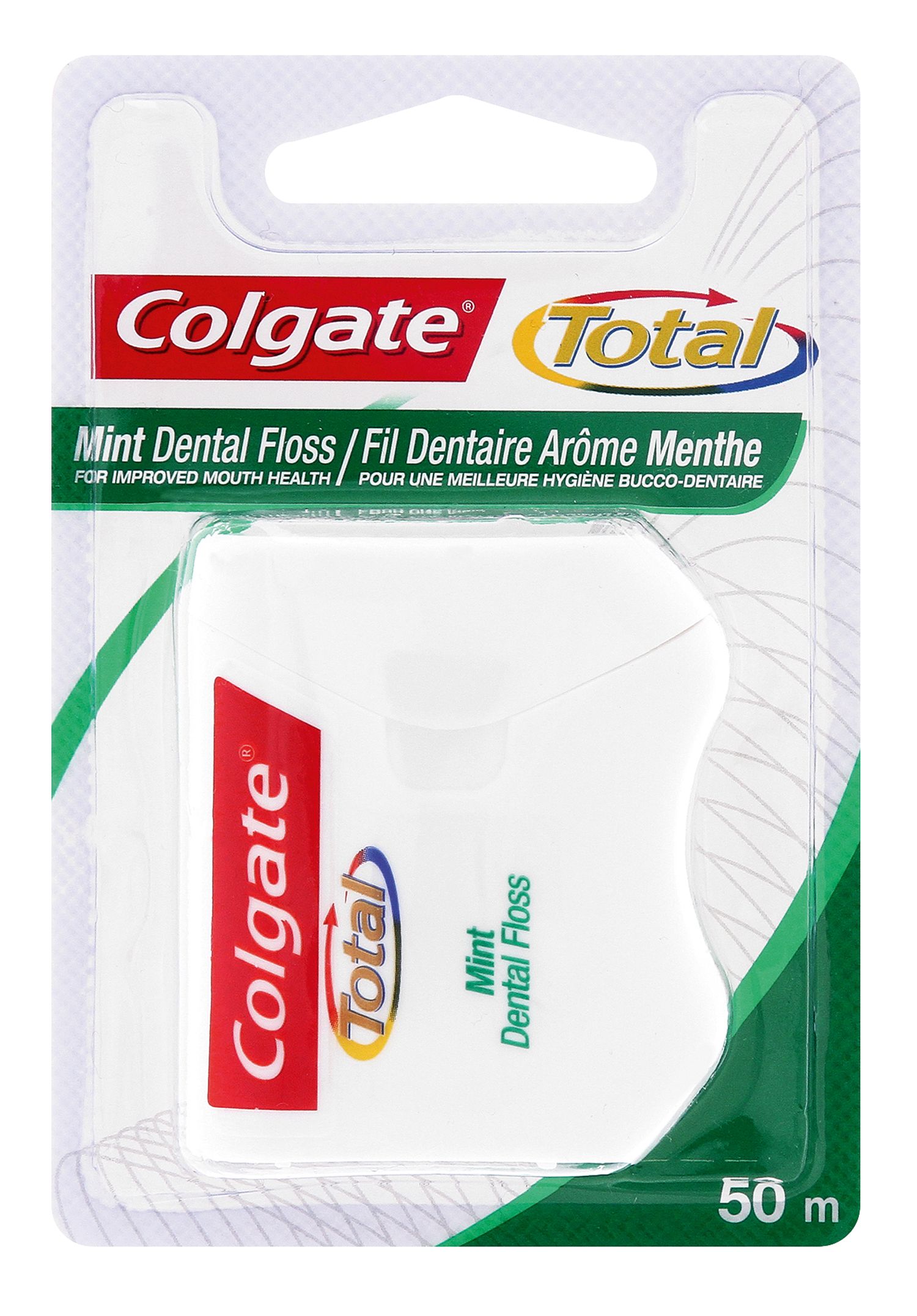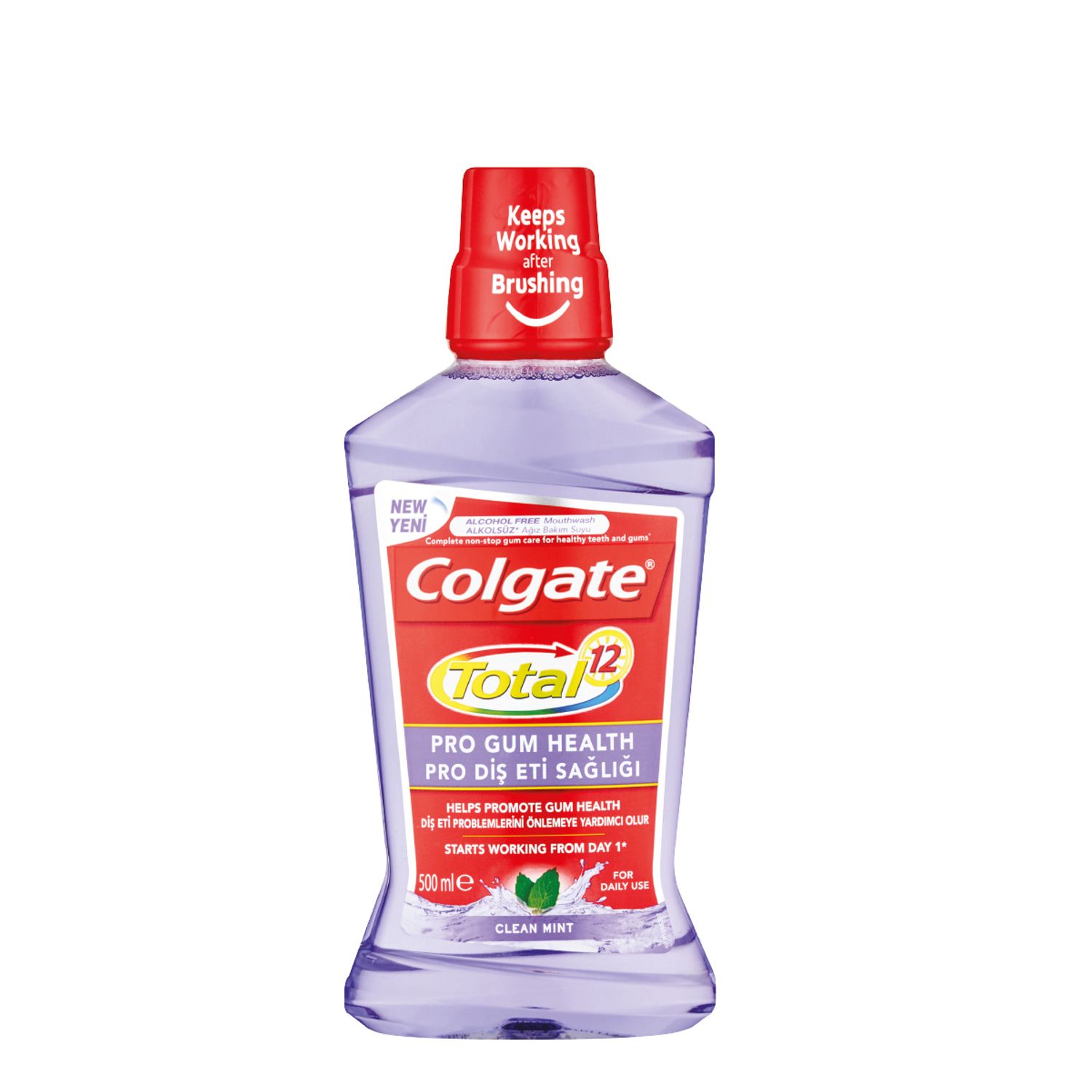-
-

CAVITIES
Can You Heal A Cavity At Home?You feel a sharp pain when you bite down or try to eat. You think it's a cavity, but you're not 100 percent sure...

BAD BREATH
How To Cure Bad BreathMore commonly known as bad breath, halitosis is an embarrassing hygiene issue that nobody wants, but some of us get every now and then...
-
Science & Innovation
- Colgate® | Toothpaste, Toothbrushes & Oral Care Resources
- Oral Health
- The Facts About Fluoride


Fluoride has been raising some controversy lately. Should municipal water be fluoridated? How much fluoride is too much? According to the American Dental Academy (ADA), this naturally occurring mineral can prevent cavities and even repair teeth in the early stages of tooth decay. Here are some basic facts about fluoride.
Fluoride in Municipal Water
Over 60 years ago, a small town in Michigan was the first to add fluoride to its drinking water. According to the ADA, widespread water fluoridation is the single most effective public health measure to prevent tooth cavities.
So why are we seeing such a backlash now? Some are beginning to question the safety and effectiveness of fluoridation. The ADA strongly stands by its support of fluoridation of community water based on scientific research. They discredit claims against fluoridation as "pseudo-scientific literature". Instead, the ADA recommends that all community water contain the ideal amount of 1 ppm (part per million) of fluoride. This translates to approximately 1.4 to 3.4 mg of fluoride intake per day for the average adult - an optimal amount for the prevention of tooth cavities, according to the ADA.
You can check the level of fluoride in your own municipal water by contacting your local water supplier. If your water comes from a well, you will need to have it professionally tested. If your water contains less than 1 ppm of fluoride, discuss your options with your dentist.
Bottled Water
With the onset of bottled water, more and more people aren't getting the recommended amount of fluoride. Most bottled water brands don't contain fluoride. If you drink mostly bottled water, you may be missing out on this vital mineral. Check with your brand of water and talk to your dentist to make sure you're getting the right amount. She may suggest a fluoride treatment or a supplement. Be sure you're brushing with fluoridated toothpaste, as well.
Office Treatments
If you are at risk of tooth cavities or aren't getting enough fluoride in your drinking water, your dentist may recommend fluoride treatments at the office. With these types of treatments, your dentist or dental hygienist will use a foam fluoride that is applied to the teeth for one minute. Following a fluoride foam treatment, you will have to wait 30 minutes before eating or drinking. The dental professional may also use a fluoride gel or varnish that they will paint onto your teeth after drying them. The dental professional will probably recommend that you avoid eating or drinking for two to four hours, depending on the type of fluoride gel or varnish that is being used.
Related Products

Helping dental professionals
More professionals across the world trust Colgate. Find resources, products, and information to give your patients a healthier future











